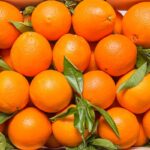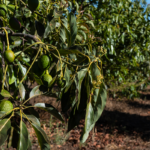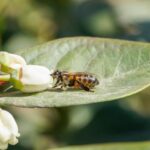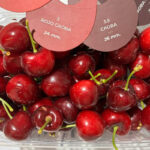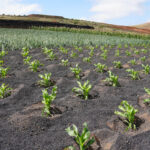Peru officially launches its avocado export season

The Peruvian Ministry of Agriculture, through the National Agricultural Health Service (SENASA) and together with avocado growers, announced the beginning of the 2024 avocado export campaign.
The activity was carried out together with the Provincial Municipality of La Mar, with the participation of regional and local authorities, the Association of Producers and Exporters of Hass Avocado from Peru (PROHASS), representatives of agro-exporting companies and producers in the area.
During the event, farmers were also trained on certification of production sites and avocado pest management.
The national head of SENASA, Miguel Quevedo Valle, said: "It is demonstrated that the joint work between the private sector and SENASA is essential to improve the phytosanitary conditions of crops and continue involving more small producers in the agro-export chain, therefore, we continue working to conquer other markets for the benefit of rural families."
Production
In the Ayacucho region, avocado cultivation has increased significantly in recent years, since the harvest begins between February and March (before the coast), a situation that favors producers located in this part of the country.
More than 80% of family farmers are part of the avocado agro-export chain in the country, mainly in the inter-Andean valleys such as Ayacucho, Apurimac, and Huancavelica.
Season Projections
Currently, Peruvian avocado is shipped to 73 markets worldwide, with Hass avocado being the most exported variety, representing 94% of total exports.
During the 2023 season, total avocado shipments reached 599,769 tons according to official records, surpassing the previous season, which recorded 548,729 tons exported.
The main destinations for the 2023 season were the United States, the European Union, Chile, China, Thailand, and South Korea.
In terms of production, Hass avocado is produced in 16 regions of the country, mainly in La Libertad, Arequipa, Ica, and Moquegua, as well as in the inter-Andean valleys of Apurimac, Cusco, Junin, Ancash, and the highlands of Lima, where producers worked in coordination with SENASA to certify 49,470 hectares in the last season.
















